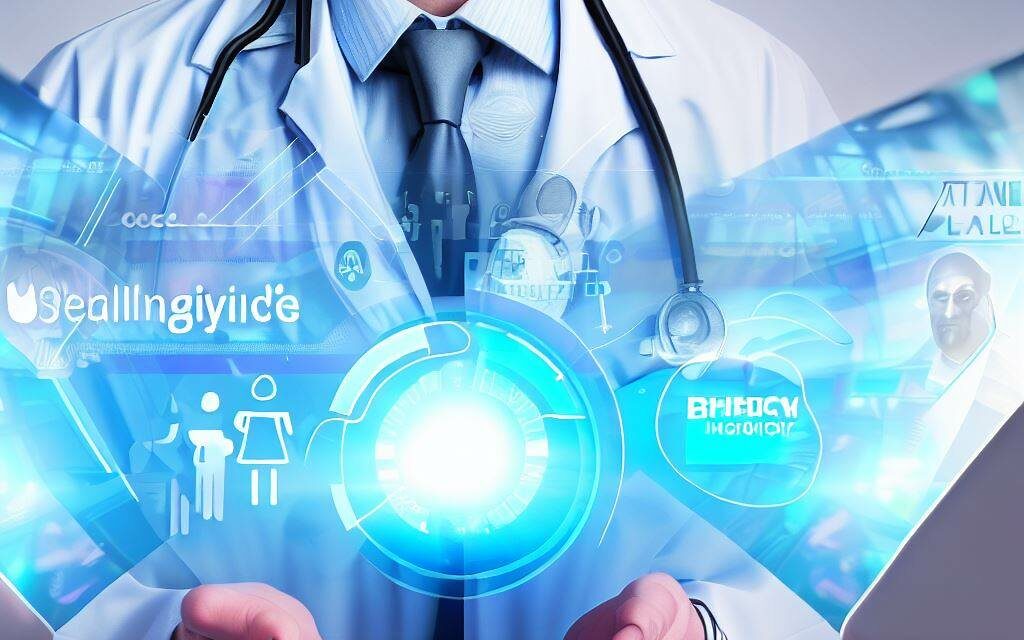Telemedicine has revolutionized the way healthcare is delivered, bringing medical expertise and consultations directly to patients’ fingertips. With the advent of various telemedicine technologies, healthcare professionals can now provide remote care efficiently and effectively. In this article, we will explore different telemedicine technologies that are reshaping the healthcare landscape, including video consultations, remote monitoring devices, and mobile health apps.
- Video Consultations: Connecting Patients and Providers in Real Time
Video consultations have become a cornerstone of telemedicine, enabling patients to have virtual face-to-face interactions with healthcare professionals. Through secure video platforms, patients can discuss their symptoms, receive diagnoses, and discuss treatment options without the need for in-person visits. Video consultations offer several benefits, such as:
a) Improved accessibility: Patients can access healthcare from any location, especially useful for those in rural or remote areas with limited healthcare facilities. b) Time and cost savings: Video consultations eliminate the need for travel, saving patients time and money. c) Continuity of care: Patients can have follow-up appointments and receive ongoing care without the inconvenience of multiple in-person visits.
- Remote Monitoring Devices: Enhancing Patient Care at Home
Remote monitoring devices play a crucial role in telemedicine by allowing healthcare providers to monitor patients’ vital signs and health conditions from a distance. These devices collect and transmit real-time data to healthcare professionals, enabling timely interventions and personalized care plans. Some common remote monitoring devices include:
a) Wearable devices: Fitness trackers, smartwatches, and biosensors that monitor heart rate, blood pressure, sleep patterns, and physical activity. b) Connected medical devices: Blood glucose monitors, blood pressure cuffs, and spirometers that transmit data directly to healthcare providers for remote monitoring. c) Home-based diagnostic tools: Devices that allow patients to perform tests such as ECGs, oximetry, and glucose monitoring at home, providing valuable data to healthcare professionals.
Remote monitoring devices offer benefits such as early detection of health issues, improved disease management, reduced hospital admissions, and enhanced patient engagement.
- Mobile Health Apps: Putting Healthcare in the Palm of Your Hand
Mobile health apps have gained immense popularity, empowering individuals to take charge of their health and well-being. These apps provide a range of functionalities, including symptom checkers, medication reminders, virtual consultations, and health trackers. Some key features and benefits of mobile health apps are:
a) Symptom checkers: Users can input symptoms and receive potential diagnoses, helping them determine the urgency of seeking medical care. b) Medication management: Apps can remind users to take medications, track dosage schedules, and provide information about potential side effects. c) Personal health tracking: Users can monitor various health metrics, such as weight, exercise, sleep patterns, and mood, helping them make informed decisions about their lifestyle and well-being. d) Virtual consultations: Some apps offer the convenience of connecting patients with healthcare professionals through secure messaging or video consultations, enabling timely advice and guidance.
Mobile health apps have the potential to empower individuals in self-care, facilitate early intervention, and promote healthier lifestyles.
Conclusion:
Telemedicine technologies, such as video consultations, remote monitoring devices, and mobile health apps, are transforming the way healthcare is delivered. These advancements have improved access to care, increased patient convenience, and enabled proactive management of health conditions. As telemedicine continues to evolve, it is crucial to harness the power of these technologies responsibly, ensuring patient privacy, data security, and seamless integration into existing healthcare systems. With continued innovation and adoption, telemedicine technologies hold the promise of revolutionizing healthcare, making quality care accessible to all, regardless of geographical location or physical constraints.




